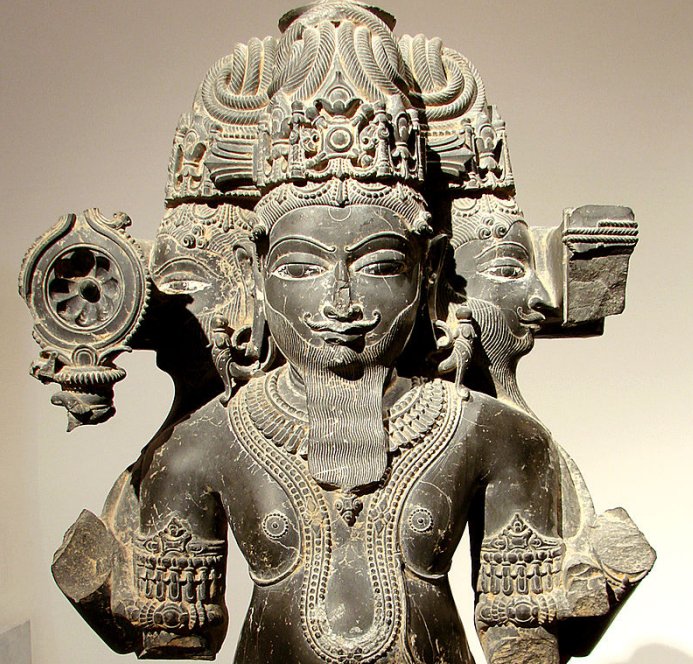Brahma: First God In Hindu Trimurti, Creator Of The World And All Creatures
A. Sutherland - AncientPages.com - Traditionally, Brahma is one of the central gods of Hindu mythology; however, in present-day Hinduism, he has a more obscure role.
Statue of Brahma in Bangkok, Thailand. Source
Brahma is a deity with four faces and four arms, sitting on a lotus flower, in a chariot (vahana), pulled by divine swans. Each face of Brahma points to a cardinal direction. He is usually depicted dressed in white, with a white beard, suggesting his sage-like experience. He possesses a vast capacity of wisdom; his four mouths are credited with creating the four Vedas and it is from him all knowledge comes, which has been given to human beings and gods.
Brahma is a part of the Hindu trinity – Trimurti, in which, he is together with Shiva, the destroyer, and Vishnu, the maintainer. Legend has it that before the First Night came, the world was demolished by a terrible, fiery cataclysm. Brahma had to recreate it. It was Brahma who gave the day of the beginning of everything (or the “First Day”) a chance to exist once again.
In Hindu cosmology, the time of creation is recorded in the days and years of the life of Brahma, who personifies god. One day in the life of Brahma is called Kalpa, The Kalpa lasts 4,320 million human years. One year in his life lasts 360 of these days and nights. Brahma’s life lasts 100 of these years.
According to some Hindu myths, Brahma was born from a golden egg placed in the primeval waters or was made of a lotus flower growing out of the navel of the god Vishnu, (or was called to live by Shiva).
Sculpture of Brahma, Guimet Museum, Paris, France. Image source: Vassil - Public Domain.
He is also mentioned as a supreme god who created all living things with his mind or body. He poured forth the waters and created the sky, fire, wind, and earth, which he filled the earth with rivers, oceans, mountains, and trees.
Then, it was time to create the cycle of day and night. Brahma created the minutes, hours, days, years, and ages, in order to organize the universe. It will continue to repeat itself 100 times before the great destruction of the world will come, and everything will return to the original cosmic egg, which is the beginning of everything.
Among Brahma’s other tasks was creating the gods from his shining face, and demons from the darkness of his body. That is why the demons are most powerful at night, while the shiny days belong to the gods. Yet another Brahma's task was to create humans with their feelings and passions. Afterward, animals emerged from other parts of his body while the roots and grasses appeared on the ground from Brahma’s hair.
One day, Brahma’s life will come to an end. The universe and all its creatures will perish beneath the vast milky ocean until it is time for Brahma’s next creation of everything.
Another interesting version says that in reality, the world emerged from the expiration of Brahma, who broke his dream for one day, but this day is definitely not the day as we know it. Brahma’s day is lasting two billion years on Earth. Then, Brahma will plunge again and the world will cease to exist.
Today, few people in India worship this creator god and part of the Trimurti. Instead, Shiva and Vishnu are widely venerated and have countless temples across the country.
Written by – A. Sutherland - AncientPages.com Senior Staff Writer
Copyright © AncientPages.com All rights reserved. This material may not be published, broadcast, rewritten or redistributed in whole or part without the express written permission of AncientPages.com
More From Ancient Pages
-
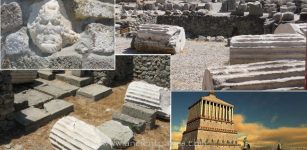 Halicarnassus’ Monumental Tomb Built With Shining Stones Belonged To Carian Ruler Mausolus
Featured Stories | Jul 20, 2016
Halicarnassus’ Monumental Tomb Built With Shining Stones Belonged To Carian Ruler Mausolus
Featured Stories | Jul 20, 2016 -
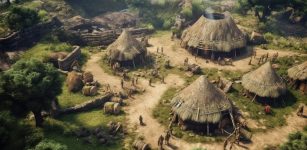 Height Differences Among Neolithic People Was Caused By Environmental Stress Not Genetics
DNA | Dec 13, 2023
Height Differences Among Neolithic People Was Caused By Environmental Stress Not Genetics
DNA | Dec 13, 2023 -
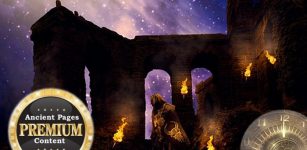 Mystery Of The Scientist Who ‘Saw’ A Fire From Miles Away
Featured Stories | Nov 1, 2020
Mystery Of The Scientist Who ‘Saw’ A Fire From Miles Away
Featured Stories | Nov 1, 2020 -
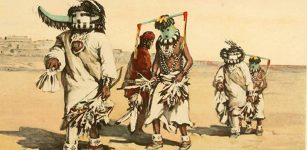 Zuni Indians Bravely Fought For Their Ancient Culture, Traditions And Respect For Their Ancestors
Featured Stories | Mar 14, 2018
Zuni Indians Bravely Fought For Their Ancient Culture, Traditions And Respect For Their Ancestors
Featured Stories | Mar 14, 2018 -
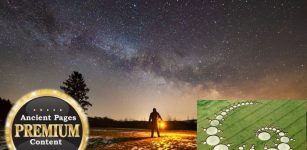 Crop Circles: Are They Cosmic Messages That We Cannot Decipher?
Featured Stories | Mar 26, 2019
Crop Circles: Are They Cosmic Messages That We Cannot Decipher?
Featured Stories | Mar 26, 2019 -
 Mysterious Ancient Underground King And Ruler Of The World – Secret Science – Part 2
Civilizations | Jul 26, 2018
Mysterious Ancient Underground King And Ruler Of The World – Secret Science – Part 2
Civilizations | Jul 26, 2018 -
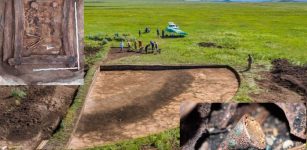 Ancient Burial Of Woman Equipped With A Unique Gold Pectoral Ornament Discovered In Siberian ‘Valley Of The Kings’
Archaeology | Feb 15, 2022
Ancient Burial Of Woman Equipped With A Unique Gold Pectoral Ornament Discovered In Siberian ‘Valley Of The Kings’
Archaeology | Feb 15, 2022 -
 How Common Were Tattoos Among Vikings And Norse People?
Ancient History Facts | May 25, 2024
How Common Were Tattoos Among Vikings And Norse People?
Ancient History Facts | May 25, 2024 -
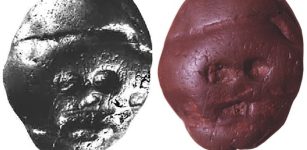 Why Are Manuports Like The Makapansgat Cobble Interesting Archaeological Artifacts?
Artifacts | Mar 15, 2024
Why Are Manuports Like The Makapansgat Cobble Interesting Archaeological Artifacts?
Artifacts | Mar 15, 2024 -
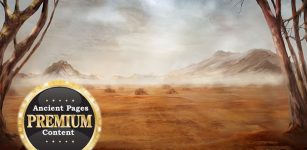 Ancient Desert Mystery – Did Thousands Vanish Without A Trace Because Of An Ominous Prophecy And Revenge?
Featured Stories | Nov 28, 2022
Ancient Desert Mystery – Did Thousands Vanish Without A Trace Because Of An Ominous Prophecy And Revenge?
Featured Stories | Nov 28, 2022 -
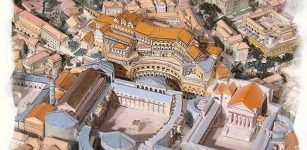 Trajan’s Market Was The World’s First Known Shopping Mall
Ancient History Facts | Jul 2, 2016
Trajan’s Market Was The World’s First Known Shopping Mall
Ancient History Facts | Jul 2, 2016 -
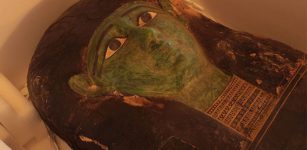 Looted Green Coffin Of Ancient Egyptian Priest Returned To Egypt From US
Archaeology | Jan 2, 2023
Looted Green Coffin Of Ancient Egyptian Priest Returned To Egypt From US
Archaeology | Jan 2, 2023 -
 Rare Medieval Chess Piece And Game Collection Unearthed At A Forgotten Castle
Archaeology | Jun 7, 2024
Rare Medieval Chess Piece And Game Collection Unearthed At A Forgotten Castle
Archaeology | Jun 7, 2024 -
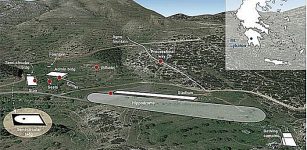 How ‘Listening’ To Archaeological Sites Could Shed Light On The Past
Archaeology | Dec 8, 2023
How ‘Listening’ To Archaeological Sites Could Shed Light On The Past
Archaeology | Dec 8, 2023 -
 2000-Year-Old Room With Frescoes Discovered In Central Rome, Italy
Archaeology | Dec 4, 2015
2000-Year-Old Room With Frescoes Discovered In Central Rome, Italy
Archaeology | Dec 4, 2015 -
 Ancient Mystery Of Leti – A Homo Naledi Child Of Darkness Discovered In The Rising Star Cave System
Archaeology | Nov 6, 2021
Ancient Mystery Of Leti – A Homo Naledi Child Of Darkness Discovered In The Rising Star Cave System
Archaeology | Nov 6, 2021 -
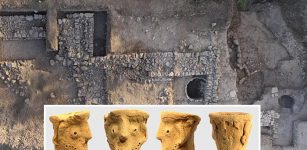 Mysterious Sanctioned Ancient Temple In Jerusalem Create Some Biblical ‘Problems’
Archaeology | Mar 5, 2020
Mysterious Sanctioned Ancient Temple In Jerusalem Create Some Biblical ‘Problems’
Archaeology | Mar 5, 2020 -
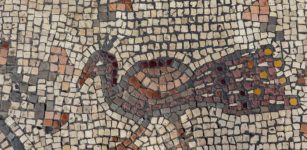 Biblical Mosaic Depicting Miracles Of Jesus Discovered At The ‘Burnt Church’ In Hippos
Archaeology | Sep 24, 2019
Biblical Mosaic Depicting Miracles Of Jesus Discovered At The ‘Burnt Church’ In Hippos
Archaeology | Sep 24, 2019 -
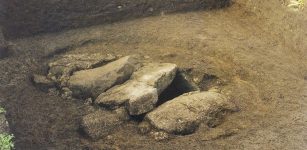 Mystery Of The 2,000-Year-Old Grave On The Isles Of Scilly Solved!
Archaeology | Jul 28, 2023
Mystery Of The 2,000-Year-Old Grave On The Isles Of Scilly Solved!
Archaeology | Jul 28, 2023 -
 Mysterious Fossilized Antarctic Forest May Offer Evidence Of The Great Flood – But Some Facts Speak Against This Theory
Archaeology | Dec 27, 2017
Mysterious Fossilized Antarctic Forest May Offer Evidence Of The Great Flood – But Some Facts Speak Against This Theory
Archaeology | Dec 27, 2017


